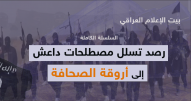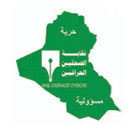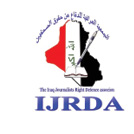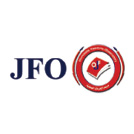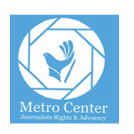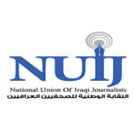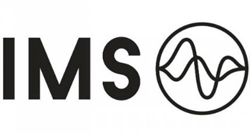"Minorities" in the Iraqi media .. Cover superficial that focus on the calamities
الصفحة الرئيسية > تقارير الرصد الإعلامي > "Minorities" in the Iraqi media...
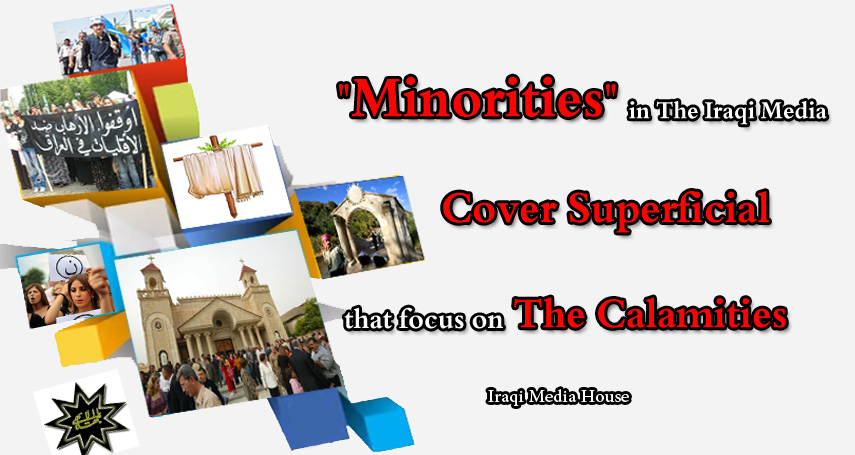
"Minorities" in the Iraqi media .. Cover superficial that focus on the calamities
The Iraqi Media House, in its 36th report, monitors media coverage of issues of social diversity and religious, national and ethnic minorities in Iraq over a period of 12 months. This is the second monitoring by the "Iraqi Media House" on this subject because of its great importance in the current situation in the country.
The report monitors the number and quality of news coverage on the demonstrations for more than 40 media outlets, including TVs, newspapers, agencies and news sites, and It focuses on counting the content and types of the news and how it is handled, and then analyzing it according to the accepted professional standards of journalism.
The issue of social diversity is one of the most pressing issues in the country, especially after the end of the battles against the ISIS organization and the repercussions of the battles on the situation of minorities, including Christians, Yazidis, Shabaks, Turkomans, Faili Kurds, Kakayis and others, amid conflicting reports about the details of their situation in the local media.
The Christians displacement from Mosul in the summer of 2014, the capture of the Yezidis and the migration of the Shabaks in the same period and its migration from large waves of expatriate emigration are an event that is not only local but has received international attention on a large scale. The local Iraqi media lacks news coverage at the level of crisis .
Minorities are still facing greater political and social challenges after the end of the military battles related to demographic changes that prevent their return to their original towns and their involvement in the political conflict between the ruling parties in the country, These challenges are absent from the media and their coverage of is limited on official data in crisis times.
On the other hand, minority media face a significant decline, limited to limited media outlets and pages on social media sites in the absence of local and international programs to develop the expertise of journalists in this regard.
The monitoring report reached the following conclusions:
- superficial coverage of the media issues of minorities in the country and based on statements on political issues without paying attention to social issues. About 90% of the news content of minority media consists of transcripts of statements. The proportion of minority-related content relative to other coverage accounts for about 1% of our sample.
- The absence of media coverage and investigations, where the discussion the problems of migration of Christians and the preparation of Yezidis abducted by the organization "Daash" and the situation of Turkmans divided between Sunnis and Shiites and the Shabak minority through numbers issued by international organizations and foreign media without a local media effort in this regard.
- The media tried to put minority issues in the political competition existing in the country through the classification of minorities according to certain political affiliations, while the media dealt with the situation of minorities in the context of gains attributed to their financiers.
- Media coverage of minority issues focused on the times of calamities and disasters that are exposed to the times of violence such as the news of bombings, displacement, targeting and incidents of aggression, in return for a near absence of their issues during the times of peace such as their social situation and economic conditions and the challenges of living in the country.
Recommendations:
- The media should give minority issues an appropriate place in line with the challenges facing them by field coverage, investigative reports and TV reports on their living conditions, the problems facing them, in addition to the customs and traditions related to these components.This will lead to the definition of the vast majority of the population of the country these components,Which will draw the members of the diverse community.
- Journalists and media professionals, whether editors or correspondents should have a background on the components they work on and away from the biased coverage of one party without another.
- International and local organizations, especially those interested in press and media issues, should establish programs to support minority media, as well as work on the development of those interested in minority journalism, as well as periodic prizes on minority media reports, reflecting the production of more accurate expert content for minority problems.




